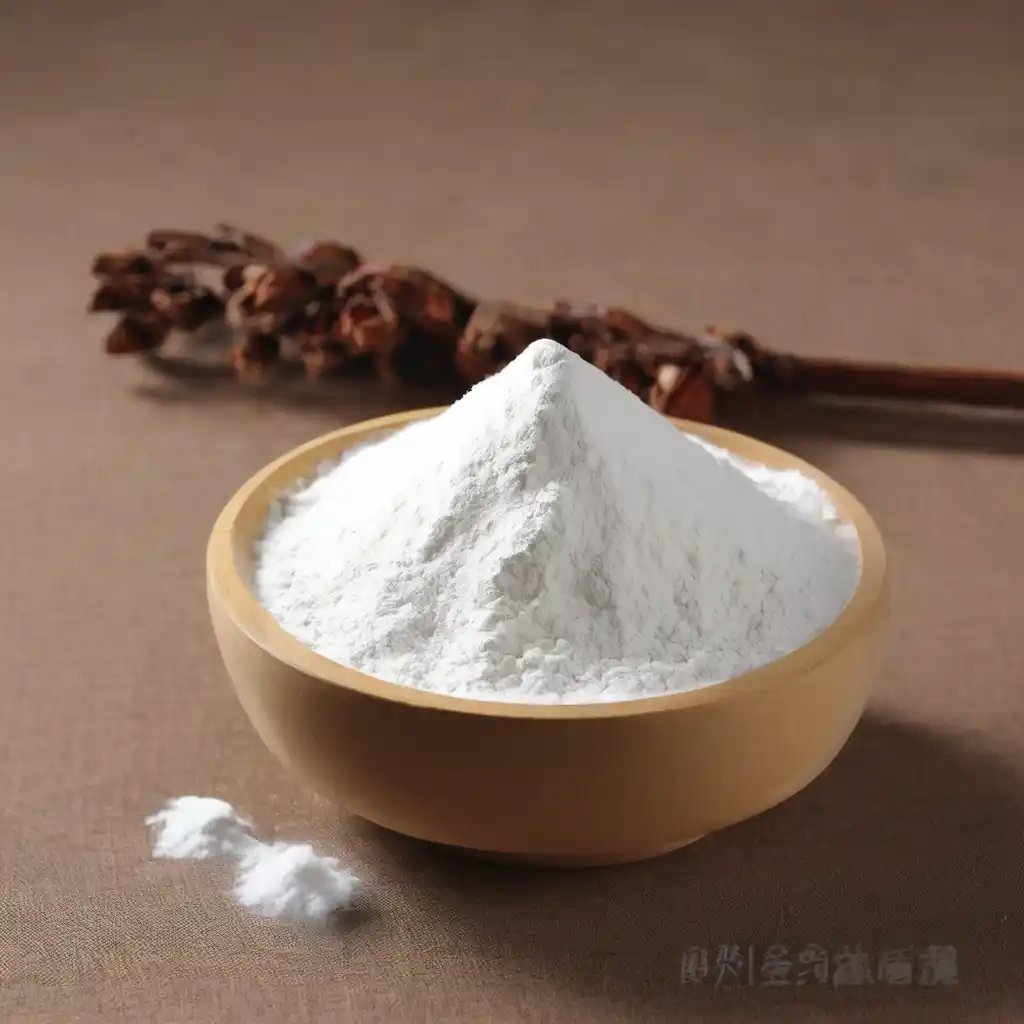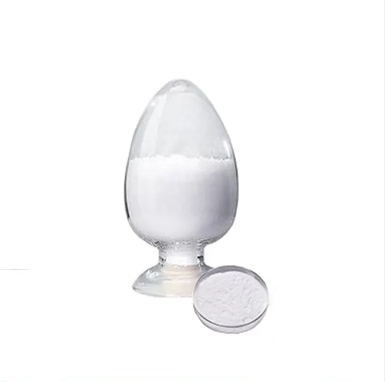Calcium chloride absorbs water vapor from the air and liquid water from the road bed. At 77 F and 75% humidity, for example, it absorbs more than twice its weight in water. In addition, calcium chloride solutions attract more moisture to the road than they give up in evaporation.
The road remains dense and compact under almost any level of traffic because calcium chloride keeps materials on the road by keeping moisture in the road, even under a burning sun on a sweltering day.
Calcium chloride is generally sprayed as a 35% solution using a tank truck with a rear- mounted distribution bar that spreads the liquid evenly over the road. One pass will cover an 8- to 12-foot-wide road. Two passes are needed on roads 16 to 18 feet wide.
As soon as calcium chloride enters a road, it's attracted to negatively charged soil particles, such as clays, which help resist leaching. Calcium chloride may move deeper into the base during wet weather but will rise toward the surface during dry spells.
An unpaved road stabilized with calcium chloride retains a smooth dustless surface. The moisture retained keeps the surface plastic enough so fines can migrate into gaps formed between aggregates under the varying pressure of car and truck traffic.
Calcium chloride can be used on gravel roads
Weifang Navi Trading
Nov/04/2014
Calcium chloride is generally sprayed as a 35% solution using a tank truck with a rear- mounted distribution bar that spreads the liquid evenly over the road. One pass will cover an 8- to 12-foot-wide road. Two passes are needed on roads 16 to 18 feet wide.
News
- What Is the Use of Pullulan in Pharma
- Pullulan Price: Trends and Outlook
- Is Pullulan a Natural Ingredient?
- Where Can I Find a Pullulan Supplier?
- Pullulan vs Other Plant-Based Capsules: Which Is Right for You?
- HPMC vs Pullulan Capsules: A Comprehensive Comparison for Supplement Manufacturers and Health Brands







